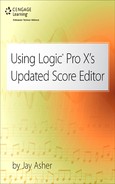1 Using MusicXML to Export Logic Pro X Scores to Finale or Sibelius
PERHAPS THE SINGLE MOST IMPORTANT ADDED FEATURE TO THE SCORE EDITOR IN LOGIC PRO X is the ability to export Logic Pro scores as MusicXML. Speaking for myself, I am clueless about both Finale and Sibelius, as since Notator SL on the Atari1 I have prepared scores for myself and others using essentially this score editor. There have been times, however, when this has cost me work with clients who wanted the final result to be in Finale or Sibelius, as they were not Logic Pro users or they simply liked the look of those programs’ scores better.
This still will require some reformatting and work in either of those programs to make the scores and parts performance-worthy. But for those who wish to actually play in the parts in Logic Pro and do some score prep work and then finish the score prep in either of those two other apps (also in MuseScore; Music OCR programs, such as SmartScore and PhotoScore; and even other DAWs, such as Cubase and SONAR), this could be a most welcome capability.
How Easy Is This?
In Figure 1.1 you can see the first three pages of a score I prepared for a musical comedy. I think it looks pretty good, but for whatever reason it needs to be brought into either Finale or Sibelius for more work.
Figure 1.1 The first three pages of the Logic Pro X score.
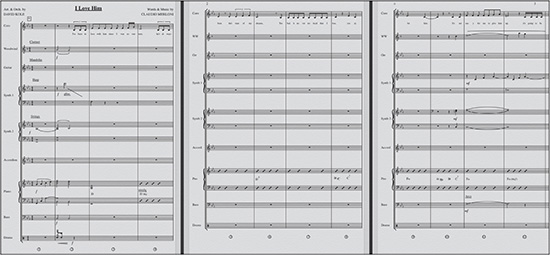
Source: Apple®.
1. In the File menu, navigate to Export > Score as MusicXML (see Figure 1.2).
Figure 1.2 Exporting as MusicXML.
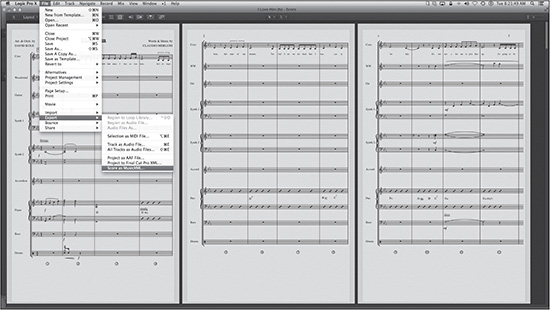
Source: Apple®.
2. The dialog box you see in Figure 1.3 will appear. In it, you can rename the score and save it to wherever you like.
Figure 1.3 The dialog box for saving and renaming.

Source: Apple®.
That’s it—nothing more!
Opening the MusicXML File in Finale
Remember, please, that I know nothing about Finale. When I open it, I see the startup menu that you see in Figure 1.4. Call me crazy, but I think I see just what I need there.
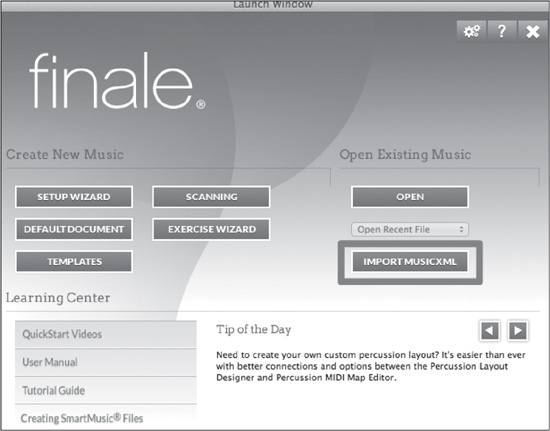
Source: Finale®.
Click Import MusicXML and navigate to the MusicXML file exported from Logic Pro X. Finale will open the file, and as you can see in Figure 1.5, MusicXML exporting/importing from Logic Pro X worked pretty darned well, although clearly there is some work to be done.
Figure 1.5 The exported Logic Pro X score in Finale.

Source: Finale®.
Opening the MusicXML File in Sibelius
Remember, please, that I also know nothing about Sibelius. When I open it, I see the startup menu that you can see in Figure 1.6. Once again, I see just what I need.
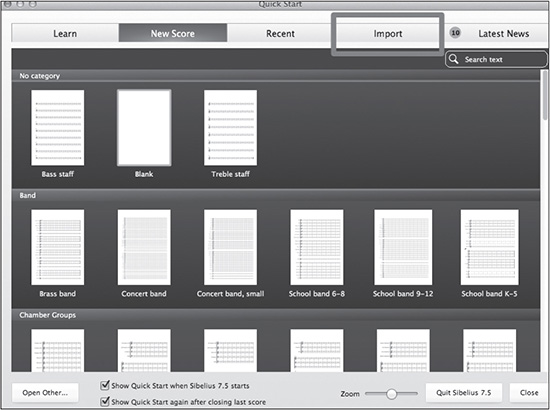
Source: Avid®.
This is just a little less straight-ahead than Finale.
Click Import. Another screen will open, giving you the option to open a MusicXML file (see Figure 1.7). Sibelius will open yet another window, which you can see in Figure 1.8. This gives you options to turn off some of the MusicXML formatting and use default Sibelius formatting. I’m going to leave it as it is now.
Figure 1.7 Opening a MusicXML file in Sibelius.

Source: Avid®.
Figure 1.8 The Sibelius formatting menu.
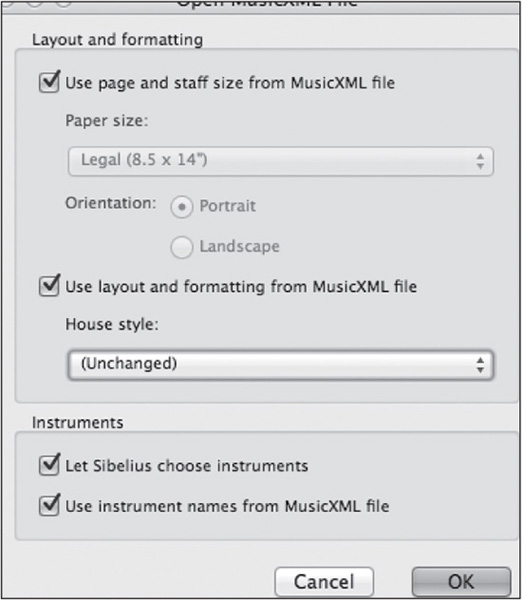
Source: Avid®.
So, how does it look in Sibelius? Check it out in Figure 1.9.
Figure 1.9 The exported Logic Pro X score in Sibelius.
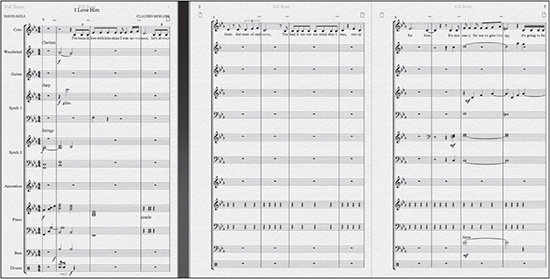
Source: Avid®.
I think it’s fair to say that Finale did a better job with this score just upon opening it, but many users have told me that they think Sibelius is easier to use than either Finale or the Logic Pro Score Editor once you know it, so I would go where the work led me if I were you.
